Menu
VOTED #1 PA & NJ Clogged Sewer Lines Prices Drain Cleaning Blocked Drains FAST
Emergency Plumber Services
BBB A+ Rating
Google Verified Contractor
Schedule Your Appointment
Toilet Drain Clogged
Shower Drain Clogged
Tub Drain Clogged
Sink Drain Clogged
Award Winning Emergency Plumbers Open Clogged Drains Fast
BBB A+ Rating
Local Google Verified Contractors
Over 365 Google Reviews
Why Choose Us – Our 4.9 Rating
Licensed and Insured
Best Local Reviews
Blocked Drain Cleaning Company Fast Response Near Me
24 -Hours Emergency Services with Uniformed, Licensed & Insured Plumbers
BBB A+ Trusted and Recommended Local Drain Cleaning Services
(877) 337-8473
24/7 Emergency Call
We Provide Hydro Drain Cleaning in PA & NJ
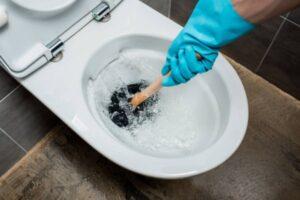
TOILET DRAIN CLOGGED
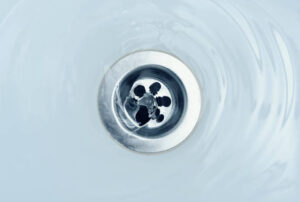
SHOWER DRAIN CLOGGED
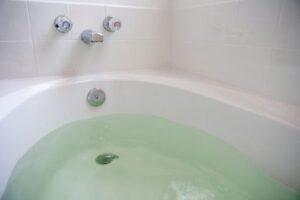
TUB DRAIN CLOGGED
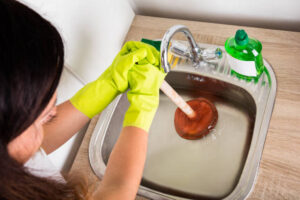
SINK DRAIN CLOGGED

all Edwin Stipe VOTED #1 PA & NJ Clogged Sewer Lines Prices Drain Cleaning Blocked Drains FAST for TOILET DRAIN CLOGGED – SHOWER DRAIN CLOGGED – TUB DRAIN CLOGGED – SINK DRAIN CLOGGED & MAIN SEWER LINE CLOGGED.
Call the local Google verified drain cleaning plumber with BBB top ratings. For a full list of Plumbing services – locations or service areas, Belvidere, Bethlehem, Allentown, Easton, and the surrounding areas follow our links.
Your local plumber can help you with the following
- Sewer Cleaning
- Drain Cleaning Tub Drain
- Drain Cleaning Dishwasher Drain Hose
- Drain Cleaning Sink Drain
- Drain Cleaning & Sewer Cleaning
- Blocked Drains & Clogged Drain
- Blocked Toilet
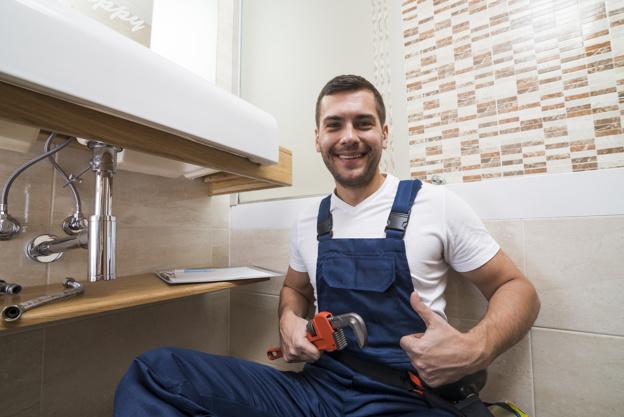
Snaking mainline costs anywhere from $200 to $450 through complex and difficult clogs may cost up to twice as much. The most basic and common approach is to rely on a drain auger, also called a drain snake.
The plumber inserts the hose or cable deep down into the drain, and then high-pressure water blasts out the nozzle or cable rotating to clean out all parts of the drain. The pressure is best to completely wash away all debris clinging to the drainpipe walls, making it hard for debris to build up again.
Some pipes aren’t strong enough to handle the force of hydro-jetting. In these cases, using a drain snake is better. Drain snake service uses a cable machine to clear clogs and is an affordable option. Hydro-jetting is best for serious clogs such as when there are tree roots in the sewer line or there is a massive clog that won’t respond to other methods.
Counties That We Serve
- Northampton County
- Lehigh County
- Warren County
Top Areas
Easton PA
Belvidere, NJ
Washington, NJ
Bethlehen,PA
PHILLIPSBURG, NJ
Hampton, NJ
Allentown, PA
Oxford, NJ
High Bridge, NJ
DRAIN CLEANING
The sewer line is the largest drain in your home and is susceptible to a number of problems. The most common problems to affect a sewer line include the following:
- Tree roots – If roots have infiltrated your sewer line, they can quickly damage the line and cause further damage in no time.
- Broken, collapsed, cracked, or misaligned pipes – These are commonly due to shifting soil or frozen ground.
- Blockage – This can result when grease or some other object is restricting proper water flow.
- Pipe corrosion or deterioration – If your pipe is older or is made of anything other than PVC piping, then you are likely at risk of having your pipes deteriorate, which can cause collapses in the line and a restriction of proper flow.
- Bellied pipe – This is when a section of the pipe has sunk into the ground, creating an area for waste to converge.
- Leaking joints – If the seals between the pipes have broken, then water can escape into the area surrounding the pipe.
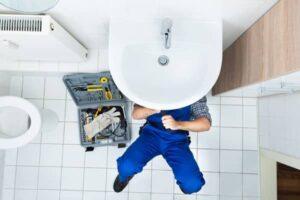
HOW TO PREVENT THE PROBLEM
There are various other problems that can also affect a typical sewer line, which is why it is important to remain alert and proactive about checking for signs of blockage. To prevent future problems from occurring, make sure to have your septic tank inspected at least every three to five years. This will allow an experienced Roto-Rooter expert to carefully inspect your septic system for signs of breaks or cracks. Typically, this allows us to correct the problem with a small repair service and can help to prevent costly replacements.
Simply cleaning out the sewer line, or completing spot repairs, can usually take care of the problem. However, if the problem is too far along, then your technician may need to recommend a costly replacement. They will likely complete a camera inspection to detect the source of the problem and can then advise you of your service options.
IS A REPLACEMENT MORE AFFORDABLE IN THE LONG RUN?
In some cases, it is more affordable to simply replace the sewer line, rather than trying to repair it. If your pipes are made of inferior materials, they are more susceptible to leaks, damage, and root intrusion. This can lead to severe problems in the future, which will cost more than the original replacement would have. A Roto-Rooter plumbing expert can discuss the options with you so that you can choose what is right for your needs and budget.
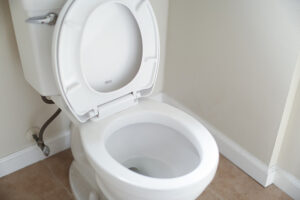
Clogged drain or toilet
The most common red flags, sewer main cleaners say, are water backing up out of a drain or the toilet plumbing, or a gurgling sound coming from the drains.
“Your house is basically going to talk to you,” says Tammy Sims, senior technician with R & S Sewer Cleaning in Indianapolis. “If you notice that when you’re done with the washing machine, the toilets start percolating – it sounds like a coffee pot percolating – or you’ll get water around the floor drain in the basement, that’s one of the first telltale signs.”
Clogs can occur in the main sewer line or one of the secondary lines, Sims says.
“Your house is basically set up like a tree,” Sims says. “You have one main trunk line that runs out of the house and then you have all these small branches off of that. If the clog is in the main line, that means any water you run in the house will cause problems. If it’s a secondary line, it’s just going to be isolated to that secondary problem.

Release the pressure
If you get a clog in your home and suspect that a blocked sewer drain is the cause, Sims says it’s important to shut off the water at the source or at the main if it’s a main line clog.
Homeowners who have access to their sewer cleanout line — typically a short, round, white pipe with a rubber cap located in the yard near the house — can remove the cleanout cap during a backup to release pressure build up; and send water outside instead of into the house.
Bedell’s recommendation for keeping lines clear and avoiding plumbing problems doesn’t involve chemical-based drain cleaners.
“Fill your sinks to the top and then drain them once or twice a month,” Bedell says. “That (water pressure) will help ensure you have proper flow through the pipes and move out any waste that’s sitting in the line.”
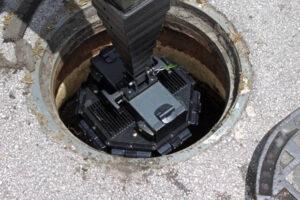
Request a camera inspection
Sewer line cleaning companies typically run a cable, also known as a drain snake or auger, through the clog to clear it. A simple cleaning or cleanout typically costs less than $150. If they can’t find the problem, many companies recommend a camera inspection. Experts warn consumers to avoid companies that offer a camera inspection before trying to clear the clog.




